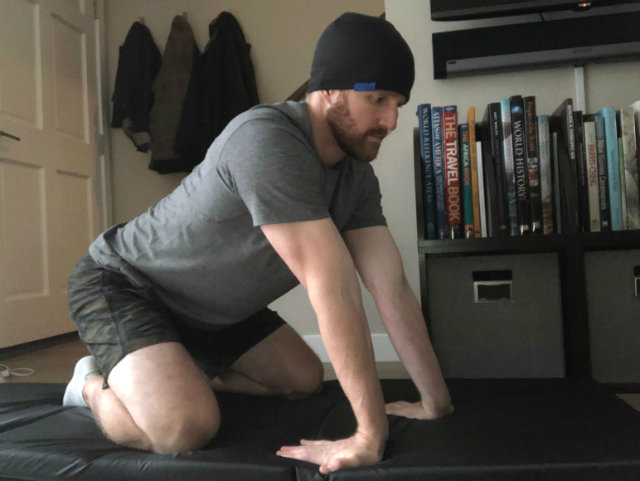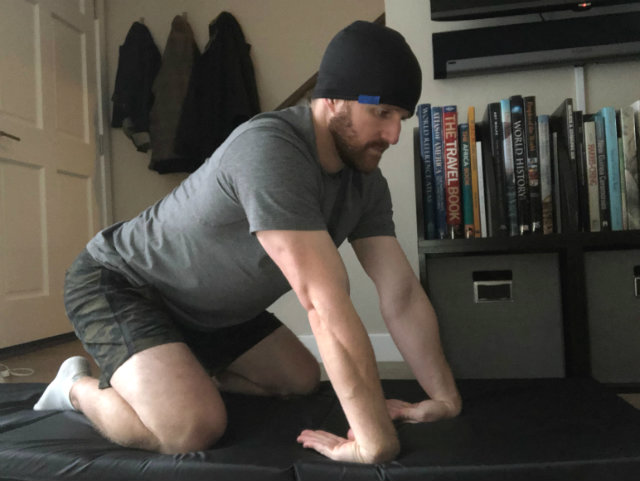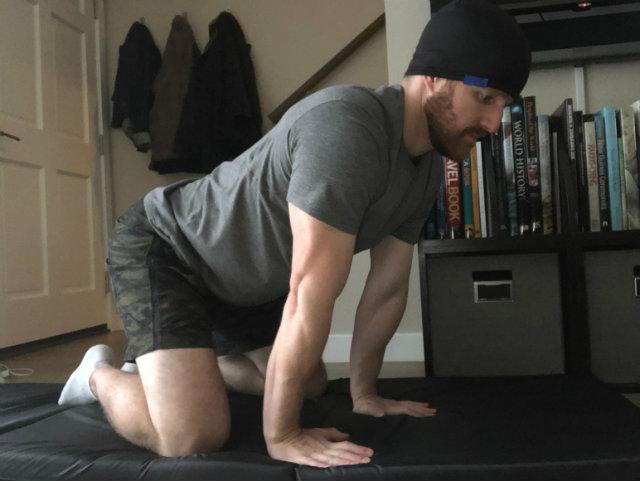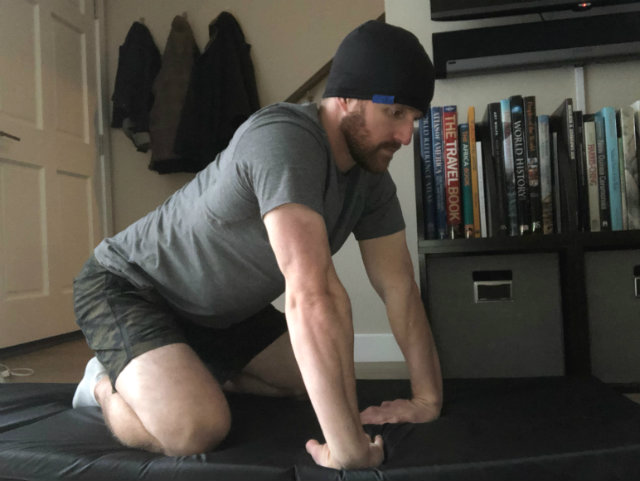 Reading Time: 5 minutes
Reading Time: 5 minutesIn this modern age, tight wrists and forearms are standard issue to all of us who use our hands for work. This tightness can lead to all sorts of aches, pains, numbness, and tingling. But while these maladies are quite common, they are also easily preventable. It only takes a little time every day and you’ll see a noticeable difference in how comfortable you feel while working.
Forearm pain can originate from things like accidents where an injury is involved or a medical condition like arthritis. For many, the issue can come from an overuse injury related to computer work or if you have a job that requires you to use your hands.
Forearm pain can also be the result of poor posture. If you have a job where you sit all day, you most likely spend a good amount of that time with your head and neck bent over and with rounded shoulders. This can result in a number of issues, but for the purposes of this article, we’ll focus on the fact that this position can compress the nerves in the forearm and lead to wrist and hand trouble, as well.
Today, I’m going to cover a series of stretches and mobility techniques that can be a potent combination for easing the stiffness and pain in your wrists and forearms. Given the role of the forearm, this sequence begins a bit upstream from where your pain is likely occurring in and around the wrists.
Forearm Stretches
I have my clients begin with a lacrosse ball. The ball can be used to work the muscles in the forearms, which can lead to improved mobility in the wrists and hands by loosening the tissues and giving slack to the muscles, tendons, and ligaments further along the arm.
Lacrosse Ball the Top of the Forearm
When I’m working on the top of the forearm, I usually stand against a wall to help with leverage. As you’ll see in the video, by rolling the ball along the muscles of the top of the forearm, you’ll find all the little tight spots that can be wreaking havoc on your hands and wrists. Spending at least two minutes on each side will help increase blood flow to the tissues as well as break up the knots that occur with regular use of our hands.
Lacrosse Ball the Bottom of the Forearm
You can’t very well treat one side of the arm without doing the same to the opposite. The principals in this second video are the same as the first, but the angle you’ll be working in changes. With a minimum two minutes of work, you’ll improve range of motion and reduce pain and discomfort. Combine that with the work you did on the top of the arm, and you’re on your way to more functional wrists, hands, and arms.
Wrist Stretches
The wrists don’t usually get much attention, and it’s important to spend time working the different angles of these joints to keep them healthy and happy. Here are four examples of different wrist stretches you need to be doing each day. Remember you want to feel a nice consistent stretch in these positions, but nothing excruciating. If you have to fight to stay in the stretch, you need to back off a bit.
Stretch #1

To begin this stretch, rotate your hands to the outside until your fingers are facing toward you or as close as your mobility allows. The pit of your elbows should be facing forward. Then, gently rock back onto your heels and forward onto your hands for ten reps. This stretch should increase and decrease as you move back and forth. As you feel the stretch increase, avoid going so far that it feels excruciating. It should feel slightly uncomfortable at the most.
Stretch #2

This stretch is done in a similar fashion, but is probably the one that gives people the most trouble. The difference is this time you’re going to place your hands palms up with your fingers facing toward you. Gently rock back onto your heels and forward again for ten reps. This isn’t a range of motion most people use, so be prepared for this to feel awkward and uncomfortable the first few times.
Stretch #3

Place your hands flat on the ground and lean forward so your elbows are straight but you’re leaning out over your hands. Ideally, your arms would create about a 45-degree angle to your hands. If this is not possible for you, just remember that as your mobility improves you’ll get closer to that end range. Like the first two stretches, you’re going to lean forward onto your hands, gently increasing the stretch, then sit back on your heels to decrease the stretch for ten reps.
Stretch #4

The final stretch in this wrist series is one that involves a range of motion you may be noticeably lacking. Remember this will get better with time and consistency. Like the first stretch, begin by placing your hands palms down on the ground. But now rotate your hands inward, while keeping the elbows straight. As with the previous three stretches, you will gently pulse forward and back to ease in and out of the stretch.
Do This Daily for Relief from Forearm Pain
I use this routine on a regular basis and have seen noticeable reduction of aches and forearm pain along with an increase in my overall range of motion. These improvements allow me to work without having to interrupt my momentum to apply a topical pain reliever or massage my aching arms and wrists. I highly recommend you make this part of your morning routine. After several weeks of consistent practice, you will notice yourself enjoying more pain-free use of your hands.



